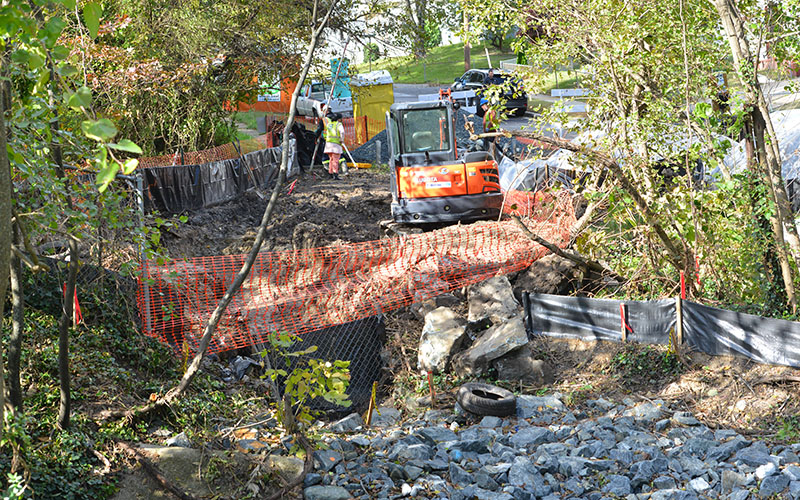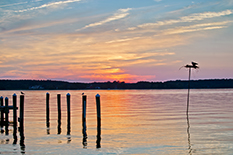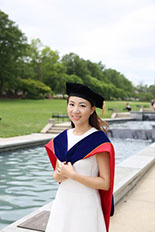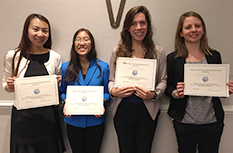News Story
NSF Graduate Research Fellow to Study Fate of Microplastics in Rivers
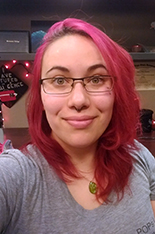
It may be summer, but the next few months will be far from leisurely for Alterra Sanchez. A student in the inter-institutional Marine Estuarine Environmental Sciences Graduate Program working in environmental engineering professor Alba Torrents' lab, she will spend these hot, humid months in the lab studying the interaction between tiny pieces of plastics and pollutants in water, the first stage in a three-year research project funded through her National Science Foundation Graduate Research Fellowship.
The plastic beads, fibers, and fragments from consumer products like face wash, polyester clothing, and packing materials that we wash down the drain or are picked up in stormwater are too small to be filtered out by the wastewater treatment process.
Scientists have known for several years that these microplastics enter rivers and lakes—and eventually oceans—through the waste and storm water stream, but little is known about how they interact with pollutants, bacteria, and other elements once they are there.
Sanchez hopes to change that. In addition to quantifying the number of microplastics in the Blue Plains Advanced Wastewater Treatment Plant and the Potomac River, her project seeks to pin down just how likely pesticides, hormone mimickers, pharmaceuticals, and other pollutants are to bind to plastics.
“Organic pollutants are hydrophobic—they don’t want to be in the water, so they bind to organic materials and plastics. If I can mathematically characterize how likely it is that a dissolved pollutant will bind to plastic, I can predict how much of a pollutant will be on plastics vs. dissolved in the water knowing just the pollutant concentration,” she explained, adding that this work is aided by her current internship with DC Water.
“That’s information you need to conduct toxicological analyses and develop policies,” she added.
Ultimately, she hopes her research will make it possible to transform wastewater treatment plants from a source of microplastics to a place that captures and removes them.
It was this goal, in part, that brought her to the University of Maryland (UMD) last year. Decades of intensive research on the Chesapeake Bay Watershed and the resources and connections available through Torrents’ lab provide the perfect foundation for her project.
But UMD has also given her the chance to invest in another of her passions: education. She has served as a mentor through the Maryland Leadership Education and Development Program from two years, advising female students from Elizabeth Seton High School on everything from college prep to how to get involved in research.
Published June 1, 2017
